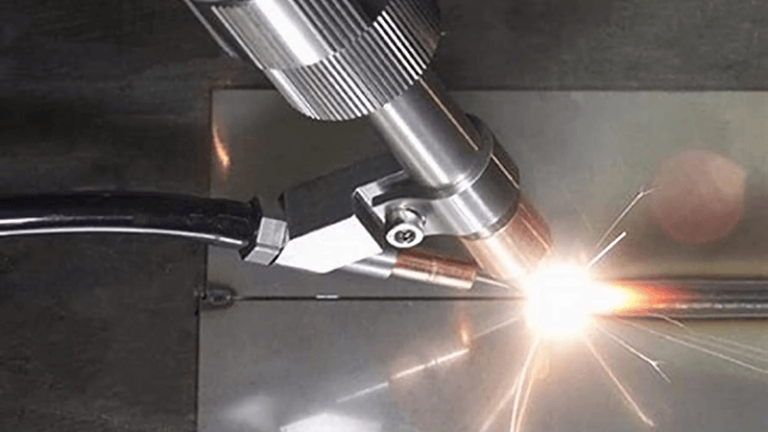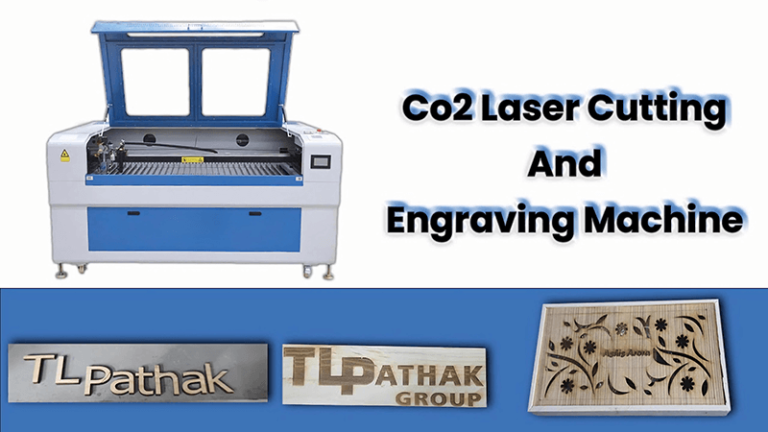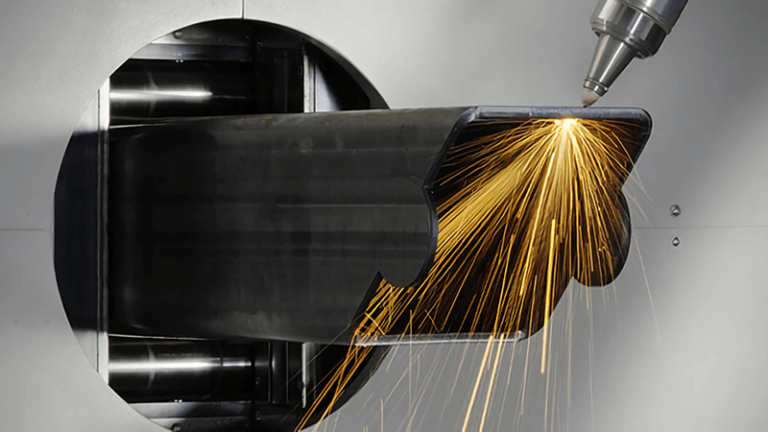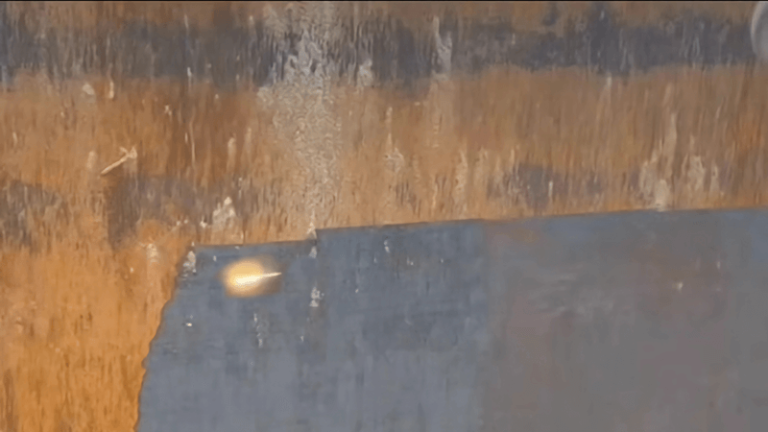If you’ve ever wrestled with rust, paint, or grease on metal, you’ve probably wondered: Is there a cleaner, faster way? I’ve been there too.
The cheapest and most compact laser cleaner worth buying is a 1000W CW (continuous wave) model — it balances affordability, portability, and performance for most entry-level jobs.
Laser cleaning isn’t just for big factories anymore. From mobile workshops to niche restoration gigs, smaller and cheaper machines are now fully capable of industrial-grade results. Let’s break it down.
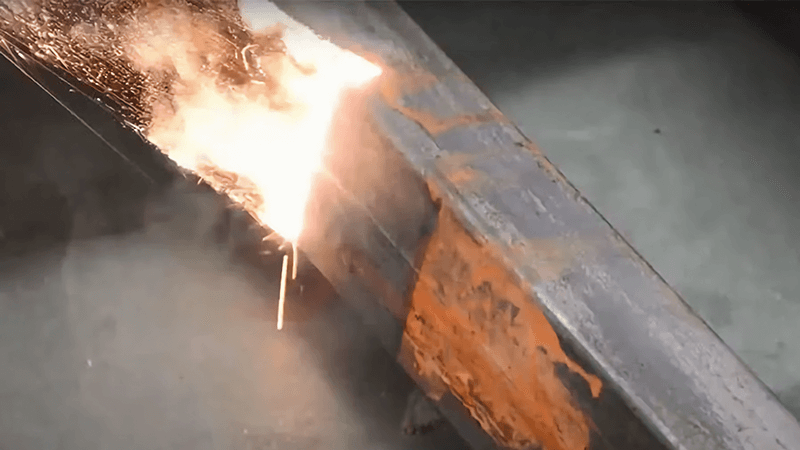
What size laser cleaner do I need?
Getting the right laser cleaner isn’t about maxing out power. It’s about matching the machine to your job. Overspend and you’re wasting budget. Underspend and you’ll spend more time fixing problems than solving them.
For rust, oil, or thin paint layers, a 1000W CW laser cleaner hits the performance sweet spot. It’s compact, efficient, and fits into smaller workspaces without compromise.
Why size and power matter more than brand
At Kirin Laser, we build machines for both industrial floors and mobile contractors. From experience, here’s how I see the sizing logic:
| Application | Recommended Power | Machine Size | Notes |
|---|---|---|---|
| Light rust or oil removal | 1000W CW | Compact (45kg–55kg) | Best balance of power and size |
| Thick rust, old paint, or marine use | 1500W–2000W CW | Medium (60kg–80kg) | Requires more cooling + energy |
| Delicate heritage cleaning | 50W–100W Pulsed | Small/Handheld | High precision, less thermal impact |
| Precision tooling & aerospace | 100W–200W Pulsed | Desktop/Hooded | Expensive but clean |
The key tradeoff is pulsed vs CW1. Pulsed lasers are great for precision and heat control. But if you’re focused on throughput and budget, a CW cleaner makes more sense. We’ve tested this across many industries and projects — 1000W CW2 is the entry point most buyers stick with long-term.

What can a 100W laser cleaner do?
This is a question I get often from first-time buyers. Many assume lower power equals lower cost and that’s true — but only if you understand what you’re sacrificing.
A 100W pulsed laser cleaner is excellent for precision jobs like degreasing molds or cleaning fragile components. But it’s not ideal for thick rust, heavy carbon, or industrial surfaces.
When 100W is enough — and when it’s not
Let’s put it in real-world context. Here’s what a 100W laser cleaner3 can and cannot do:
✅ Ideal for:
- Cleaning micro tools or injection molds
- Degreasing fine mechanical parts
- Spot cleaning in electronics or aerospace
- Surface prep without damage to base material
❌ Not recommended for:
- Removing thick marine rust
- Paint stripping on vehicles
- Construction-level restoration
- Working outdoors (too slow)
In one of our factory tests, a 100W pulsed unit4 cleaned a brass mold beautifully. But when we tried the same unit on painted rebar, it barely made a dent. We swapped in a 1000W CW unit and got a clean strip in seconds.
So yes, a 100W laser has a place — but only if you’re dealing with small or sensitive targets.

How to choose a laser cleaner?
Choosing a laser cleaning machine isn’t like picking a power tool off a shelf. You need to know your use case, working environment, and long-term goals. That’s how we help our OEM and distributor clients make smarter investments.
Start by answering three questions: What are you cleaning? Where are you cleaning it? How fast do you need results?
My go-to framework for clients choosing a laser cleaner
Here’s a decision framework I often use when working with procurement managers and resellers:
1. What is the target material and coating?
| Surface | Coating Type | Suggested Laser |
|---|---|---|
| Steel | Light rust | 1000W CW |
| Aluminum | Oxidation layer | 1000W Pulsed |
| Wood | Paint or adhesive | Use with caution (see below) |
| Copper/Brass | Grease, dirt | 100W Pulsed |
2. Is mobility a factor?
If your jobs are in the field (ships, bridges, workshops), get a model under 60kg. We offer air-cooled CW units5 in that range with no consumables and full fiber connectivity.
3. What's the throughput goal?
High-volume removal = CW. Delicate detail = Pulsed. You can't fake speed in field operations.
One client switched from a bulky air compressor + grinder setup to our compact 1000W CW machine6. His cleaning speed tripled and power consumption dropped by 30%. He said it was the first time he finished a full site job in under a day.

Can you laser clean wood?
This is tricky — and where experience really matters. Yes, you can clean wood with lasers, but only if you know the risks and control settings precisely.
Laser cleaning on wood is possible using low-power pulsed lasers, but it requires extreme care. It’s not recommended for general users or high-volume jobs.
Why most people should avoid laser cleaning wood
At Kirin Laser, we’ve tested laser cleaning on wood panels, antique furniture, and painted timber. Here’s what we found:
🔥 Risk of Burning
Wood is a natural insulator and burns easily. Even a 100W pulsed laser7 can leave scorch marks if the speed or frequency is off by a small margin.
🛠️ Better alternatives exist
For wooden surfaces, micro-abrasion or soda blasting is usually safer and more controllable.
💡 Exception: Art restoration
For heritage conservation experts with high-end pulsed lasers8 (and trained hands), laser cleaning on carved or painted wood can remove surface grime delicately. But this is a niche use case.
Unless you're in fine art restoration or lab work, I’d say don’t use laser cleaners on wood — not because it's impossible, but because the margin for error is razor-thin.

Conclusion
Laser cleaning9 doesn’t have to be expensive or oversized. The most cost-effective entry point — and one I’ve recommended over and over — is a 1000W CW machine. It’s compact enough to move, powerful enough for rust and paint, and affordable for serious users. While 100W pulsed lasers have their place in precision work, they simply don’t compete on speed or versatility. At Kirin Laser, we’re building machines that work as hard as you do — and we’ll help you choose the right one for the job.
-
Understanding pulsed vs CW lasers helps you choose the right machine for precision or throughput, impacting your project's success and efficiency. ↩
-
Explore this link to understand why 1000W CW is the ideal entry point for many buyers, balancing power and efficiency. ↩
-
Explore this link to understand the versatile applications of a 100W laser cleaner and see if it fits your needs. ↩
-
Discover the specific uses and constraints of 100W pulsed lasers to ensure optimal performance in your projects. ↩
-
Discover how air-cooled CW units enhance mobility and efficiency in field operations, offering a lightweight solution with no consumables needed. ↩
-
Discover how a 1000W CW machine can enhance cleaning speed and reduce power consumption, transforming your field operations efficiency. ↩
-
Explore how 100W pulsed lasers work and their risks, especially for delicate tasks like cleaning wood, to understand their precision and limitations. ↩
-
Discover how high-end pulsed lasers are uniquely suited for delicate art restoration, offering precision and safety for intricate wood carvings. ↩
-
Find the best laser cleaning machine and laser cleaning solutions from Kirin Laser, clicking this link to get all your needs. ↩


